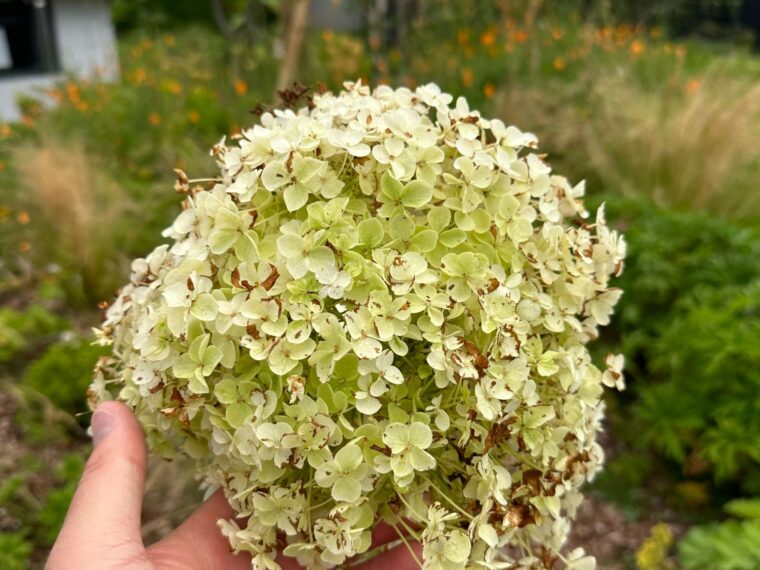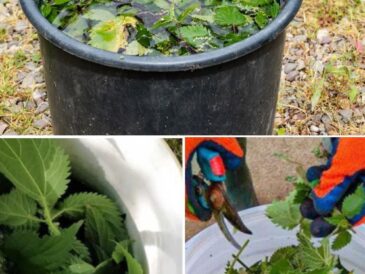Hydrangeas, with their large, showy flower heads, are a beloved addition to many gardens. However, their beauty can be fleeting. Understanding the lifecycle of these plants and implementing proper care can help extend their blooming period and ensure vibrant displays year after year.
Understanding Hydrangea Blooms
Hydrangea blooms typically appear in late spring or early summer and can last for several weeks. The color of the flowers can vary depending on the hydrangea variety and soil pH. Some common hydrangea types include:
- Mophead hydrangeas: Large, round flower heads with showy petals.
- Lacecap hydrangeas: Flat-topped flower heads with a central cluster of small flowers surrounded by larger sterile flowers.
- Oakleaf hydrangeas: Unique leaf shape and flowers that change color throughout the season.
Extending Your Hydrangea’s Bloom Time
- Deadheading: Regularly removing spent flowers encourages the plant to produce new blooms. Use sharp pruning shears to cut the flower head back to a set of healthy leaves. Deadheading can also help maintain the plant’s shape.
- Proper Pruning: While heavy pruning can reduce flowering, light pruning can be beneficial. Remove dead, diseased, or crossing branches in late winter or early spring. For most hydrangeas, avoid pruning after July as this can remove next year’s flower buds.
-
Soil Care: Hydrangeas prefer slightly acidic soil. To encourage vibrant blooms, test your soil pH and adjust accordingly. Adding organic matter like compost or peat moss can help acidify the soil.
-
Watering: Consistent moisture is essential for hydrangeas. Water deeply and regularly, especially during hot, dry weather. Mulching around the base of the plant can help retain soil moisture.




